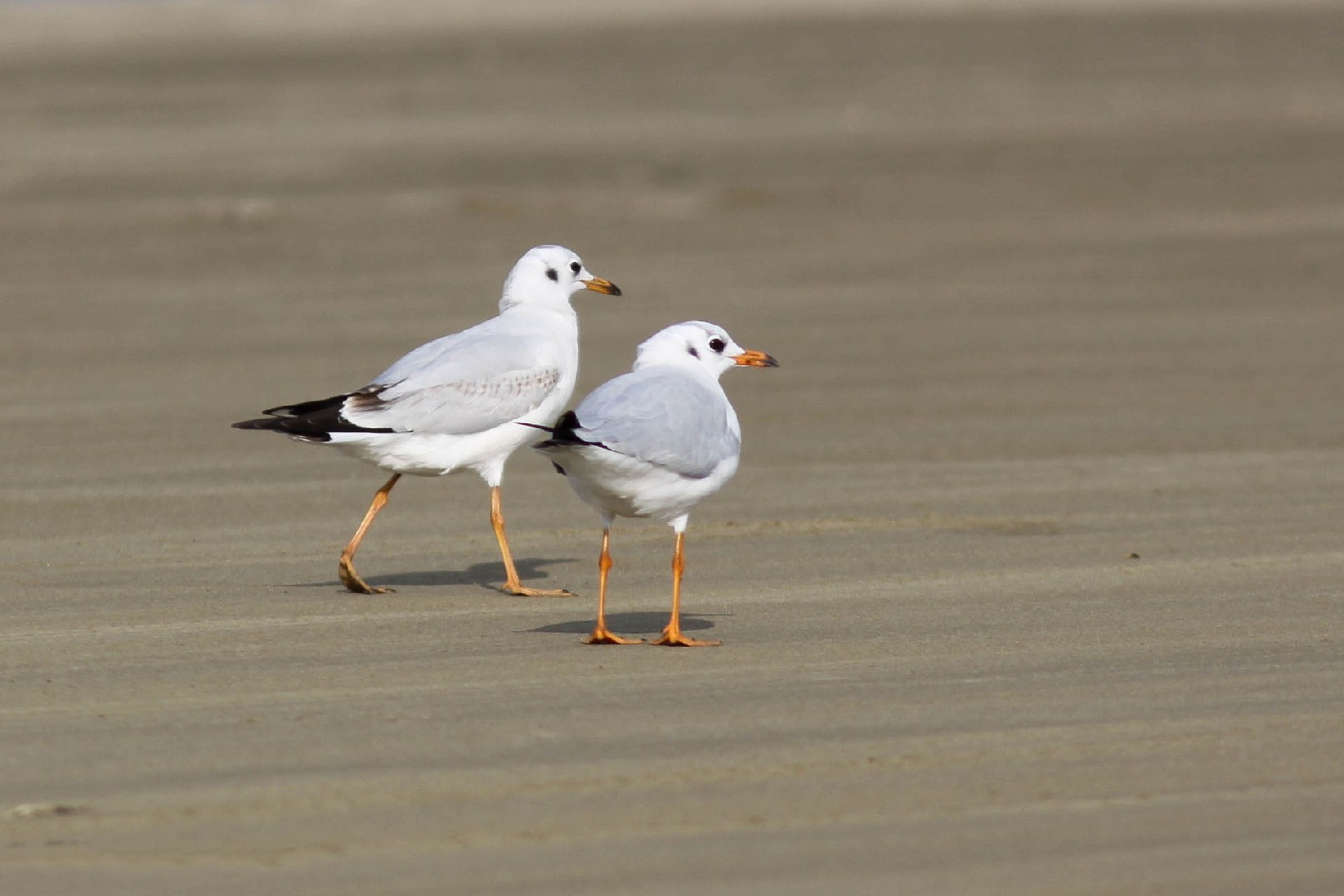Brown-hooded Gull
A species of Masked Gulls Scientific name : Chroicocephalus maculipennis Genus : Masked Gulls
Brown-hooded Gull, A species of Masked Gulls
Botanical name: Chroicocephalus maculipennis
Genus: Masked Gulls
Content
Description General Info
 Photo By Rick elis.simpson , used under CC-BY-SA-3.0 /Cropped and compressed from original
Photo By Rick elis.simpson , used under CC-BY-SA-3.0 /Cropped and compressed from original Description
The mature bird has a dark brown head and throat with a white semicircle around the posterior part of the eye, while the neck, chest and abdomen are white. The beak and legs are red. The primary flight feathers are dark gray, while the secondaries and covert feathers are a lighter gray. This bird may be confused with the Franklin's gull. There is no significant sexual dimorphism. 
Size
37 cm
Colors
Black
Gray
White
Nest Placement
Ground
Feeding Habits
Brown-hooded Gull's diet includes insects and carrion with kleptoparasitic tactics, notably stealing crabs and clams from other species.
Habitat
Brown-hooded Gull inhabit varied environments across South America, predominantly within freshwater lakes, intertidal marshes, and riverbanks. These birds are also comfortable in open fields and occasionally venture into urban areas, frequenting sewage outfalls, harbors, and places like slaughterhouses. Their breeding grounds are often among emergent vegetation, such as Scirpus in marshes, or on rocky peninsulas and high shingle beaches. During non-breeding seasons, their range expands to include coastal areas, where they adapt to a diverse array of habitats.
Dite type
Omnivorous
General Info
Feeding Habits
Bird food type
Behavior
These are gregarious birds. Their diet consists primarily of insects, carrion, and food items obtained through kleptoparasitism from other birds. In particular they steal crabs from the red-gartered coot (Fulica armillata) and clams from the American oystercatcher (Haematopus palliatus). The profitability of stealing from these birds is 3.5 times higher for the coots than the oystercatchers. They build floating nests among aquatic vegetation at the edges of ponds and lakes. Three to four eggs are usually laid. The black-headed duck has a brood parasite relationship with the brown-hooded gull in which a female will lay an egg in the nest of a brown-hooded gull with the intent of having the host gull incubate the egg instead of herself. 
Distribution Area
This species is found in South America, breeding from Argentine and Chilean Patagonia, the Falkland Islands and Uruguay. In winter, its range extends up to the coasts of north Chile and central Brazil. Its natural habitats include freshwater lakes, intertidal marshes, river banks, and open fields. 
Scientific Classification
Phylum
Chordates Class
Birds Order
Shorebirds Family
Gulls Genus
Masked Gulls Species
Brown-hooded Gull